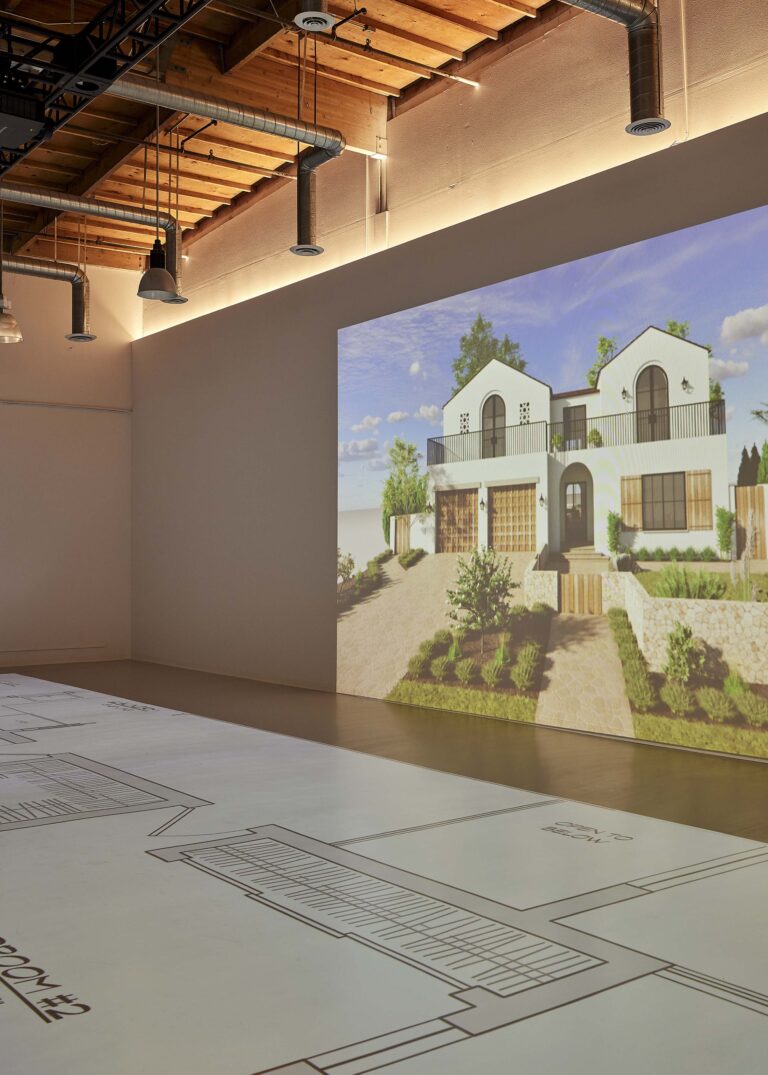What Happens When Art and Language Become Modular and Commoditized?
In his groundbreaking bestseller, “The Innovator’s Dilemma,” Clayton Christensen introduced his seminal theory of “disruptive innovation” that demonstrated how highly successful companies can do everything “right” yet still lose their market leadership, or even fail when new technologies and unexpected competitors enter the market.
Here’s a golden nugget excerpt from the book that exposes the origins of the dilemma:
“Successful companies want their resources to be focused on activities that address customer’s needs, that promise higher profits, that are technologically feasible, and help them play in substantial markets. Yet, to expect the process that accomplish those things also do something like nurturing disruptive technologies – to focus on proposals that customers reject, that offer lower profit, that underperform existing technologies and can only be sold in insignificant markets – is akin to flapping one’s arms with wings strapped to them in an attempt to fly.”
Today, I would argue, successful companies are facing a (not entirely new) but reimagined disruptive technology that has recently entered and is quickly upending the market, Artificial Intelligence language models like OpenAI and ChatGPT.
And now, we have two equally important dilemmas on our hands – the original innovator’s dilemma and this new A.I. dilemma.
What’s at stake?
Creative Commoditization
Don’t Google it, I just made it up.
But it’s real, I promise you that.
For someone who fancies himself a creative type, the dilemma is profound.
Consider – what happens when art and language become modular and commoditized?
When creativity is artificial.
When you can’t tell when creative is creative!
For clues on how to proceed in this new market order, let’s revisit Clayton Christensen’s other bestselling book, “The Innovator’s Solution.”
In this excerpt, Clayton warns:
“When the relevant dimensions of your product’s performance are determined not by you but by the subsystems that you procure from your suppliers, it becomes difficult to earn anything more than subsistence returns in a product category that used to make a lot of money. When your world becomes modular, you’ll need to look elsewhere in the value chain to make any serious money.”
What if artificial intelligence becomes the subsystem that determines your product or service’s performance, and the subsystem itself becomes modular?
I know this question won’t keep you up at night but for a “creative dilemma’ist” like myself, it’s got me spun.
If we revisit business 101 and how to create a competitive advantage in the market…
…it’s all about uniqueness and differentiation.
But what if that was no longer the case?
Imagine a world where every human voice was indistinguishable and monotone.
Close your eyes and you don’t know who is speaking.
And soon, as A.I. continues to advance and become more sophisticated, you won’t be able to tell who is speaking with your eyes wide open.
This is the tradeoff we humans get for centuries upon centuries of innovation…
…when technological capabilities go exponential…
…when innovation itself becomes an arms race to avoid extinction…
…when the highest intelligence in the world is now artificial!
Maybe Clayton Christensen has the antidote for companies pursuing profitable growth in future markets – if you want to get to the other side of the dilemma, start creating disruptions yourself rather than being destroyed by them.
That’s mighty unruly of Clayton, and I couldn’t agree with him more.






